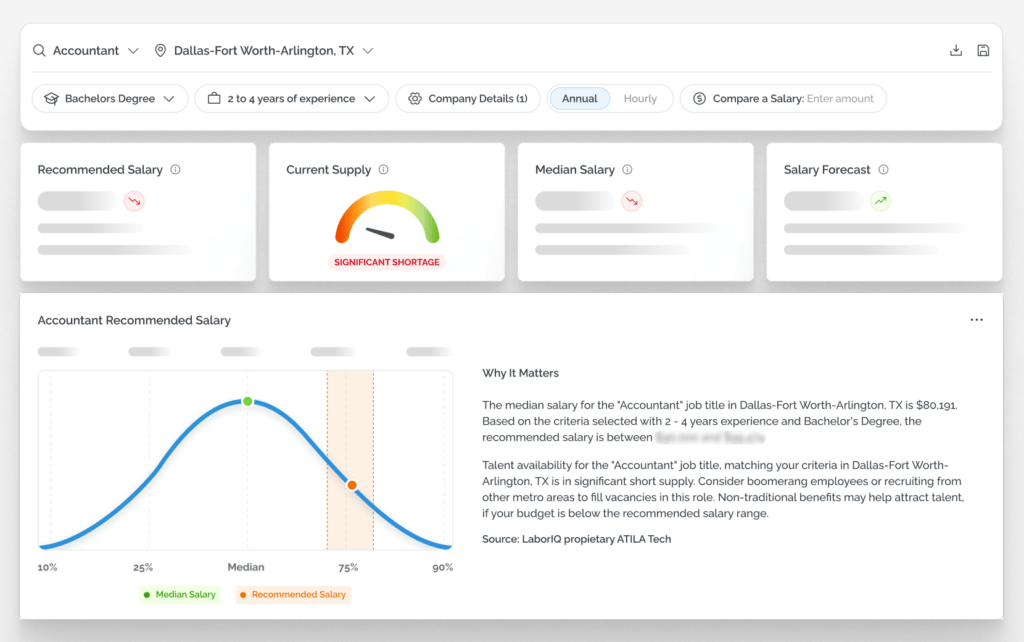In March 2023, the U.S. Congress introduced a bill for the Salary Transparency Act. This aims to force companies to be more transparent about employee pay.
If passed, US employers must be open about salary ranges to current employees and within any job postings. Furthermore, if someone believes an employer is breaking this law, they could file a lawsuit against them.
This change is significant for many organizations. So let’s look at what pay transparency means for you and what you can do to achieve pay transparency in the workplace.
What the Changes Mean
Across virtually every corner of the earth, pay gaps exist between white men and women and minority groups.
In fact, a 2021 study showed that women earned about $0.82 for every dollar men made. Furthermore, Hispanic or Latina women earned about $0.58, and Black women earned about $0.63 for every dollar white men earned.
Concerningly, projections forecast that, at the current rate of change, it will take until the year 2451 for the pay gap to close for Hispanic women.
Fortunately, this legislature demonstrates a critical step toward closing these pay gaps by addressing unconscious bias and explicit discrimination. Both of which can result in unfair compensation for specific demographics.
However, achieving pay transparency comes with challenges.
For example, companies may need more administrative power to tackle legislation changes. There’s also concern that companies will be unable to afford to pay all of their staff at the market rate.
Coupling this with a 2023 study that revealed one in 20 workers would quit if they learned their co-workers earn more, 63% of which would demand equal pay, this sudden call for higher labor costs to even the playing field might be too expensive for many businesses.
Therefore, it’s essential to understand what you can do to stay ahead of this bill while contributing to a more equitable workforce. Here are some strategies to effectively achieve pay transparency in your workplace.
Strategies for Transparent Pay
If you’re looking to boost your company’s pay transparency, here are four tips to help get the ball rolling:
Conduct a Pay Analysis and Publish Pay Grades
Studies show that most private enterprises restrict the pay-related information available to employees to prevent them from communicating their pay information to others.
However, this isn’t what employees want. Interestingly, as many as 88% of workers (if permitted by law) would demand to know the wage range for their position.
So, suppose you’re looking to bolster employee satisfaction. In that case, publishing pay bands is a simple way to move towards a more transparent organization – which, as evidenced by the above stat, is what employees desire.
However, for many businesses, this is a daunting task because to set and publish pay grades, you need a clear grasp of employees’ roles, current salaries, and market rates. Needless to say, conducting a pay analysis can be a tedious process!
Yet, despite taking time and effort, it’s perhaps the most impactful means of achieving pay transparency. With concrete data to back up your decisions and justify why you pay what you do, you’ll be better positioned to set pay grades and publish them confidently.
Fortunately, this can be made easier by using services like LaborIQ. LaborIQ empowers you to review pay benchmarks and compare individual employees and entire teams against current and projected market pay rates. With this info in hand, you’re better positioned to iron out any pay discrepancies and ensure you’re paying your staff a competitive wage.
Communicate
Even though salary transparency is undoubtedly a good move for employees, it can still cause some stress. It’s been demonstrated that 63% worry that salary transparency will cause problems among co-workers. Of course, this concern is understandable if transparency will highlight pay discrepancies, particularly for workers in similar roles.
But, pay discrepancy is precisely why the legislation is needed in the first place, meaning these conversations, although difficult, are required.
Therefore, company leaders must communicate openly and clearly with staff to get everyone on board with changing policies. For example, consider offering open office hours or hosting Q&A sessions to answer your team’s questions. There are also loads of great resources online with advice on communicating change with your team!
After all, managers and senior staff will likely influence pay-related opportunities such as promotions, which should be discussed openly. Interestingly, a 2021 pay-transparency act passed in Colorado goes as far as making it a legal requirement to notify employees of promotional opportunities.
The bottom line: Getting higher-level managers on board is essential to achieve full pay transparency within your company.
Fortunately, there’s loads of advice on how to get buy-in from senior staff online, including this excellent article from Sharlyn Lauby, an HR consultant. She recommends identifying your champions, pitching them your idea, and directly asking how to keep them involved.
Our Final Thoughts on Closing The Pay Gap
Although introducing pay transparency bills is vital to closing the pay gap, achieving pay transparency still poses challenges for many companies. It will require a multi-faceted approach combining pay analyses, publishing pay grades, effective communication, and securing buy-in from senior staff.



















